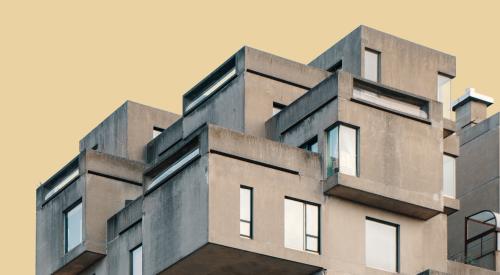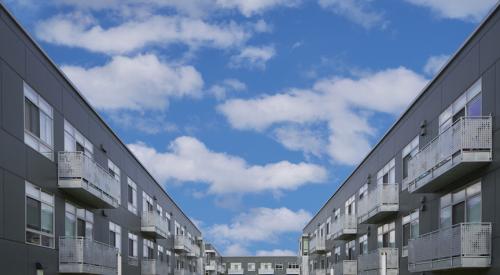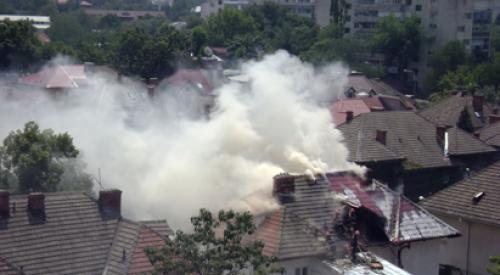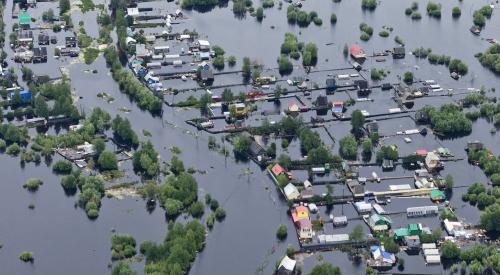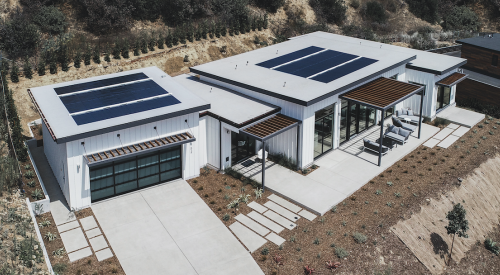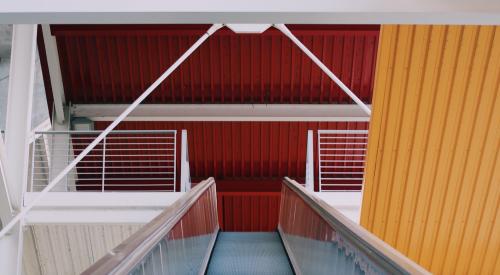Most builders avoided major setbacks, with master-planned projects largely unscathed. Fire swept across two of The EastLake Co.'s residential neighborhoods under development in Chula Vista but spared lives and structures.
Scripps Ranch in San Diego proved an exception. While the fires attacked primarily rural areas abutting brush, Scripps lost about 350 homes despite its well-developed, suburban-type setting.
|
Upgrading Standards in San Diego
As the smoke clears and rebuilding begins in the San Diego area, the housing industry is expected to lead the way in these likely upgrades affecting home building:
|
Team Approach
Several trade associations have met to consider how to speed the rebuilding of Scripps Ranch, the most concentrated and developed area damaged by the fires and the likeliest candidate for mass rebuilding. The groups, including the Building Industry Association of San Diego and the local chapter of the American Institute of Architects, have begun presenting the four Scripps homeowners associations with rebuilding plans.
"If AIA is doing one thing and BIA is doing something else, the likelihood that we'll come out with the same message is not high," says Mike Asaro, an architect and Scripps resident who is contributing residential plans to the rebuilding proposals.
Ken Ford of the NAHB's disaster assistance team is working with the BIA. "This kind of teamwork has happened before in other disasters," he says. "It eases the process of rebuilding, and it's easier for consumers. Let's not traumatize them any further."
Faster Permitting
The city of San Diego is working to speed a six-week permit wait to turn drawings around in a week, provided there are no variances to existing building, zoning and other codes.
San Diego County is considering fast-track measures such as waiving permitting fees and allowing self-certification by qualified professionals to reduce a six- to eight-day permitting wait to three days or less.
But few possess the requisite experience in design and plan checks, structural engineering and life safety, which some say only a building commissioner can approve without legal liability. "It's slim pickings trying to find individuals who qualify," says Dawn Quisenberry, programs director for AIA San Diego.
Multidisciplinary teams of architects, structural engineers and government staffers could provide a certification solution.
"Typically in a small city, there's some high-rise development but not enough to justify a full-time structural person in the city," says Jerry Livingston, staff counsel for the BIA of San Diego. "So the city certifies plan check and inspection for that kind of building, but private-sector experts handle a lot of the design and engineering."
San Diego County is moving faster than the city, possibly because of more political homogeneity, which minimizes haggling over hiring, union issues and lawmaking.
